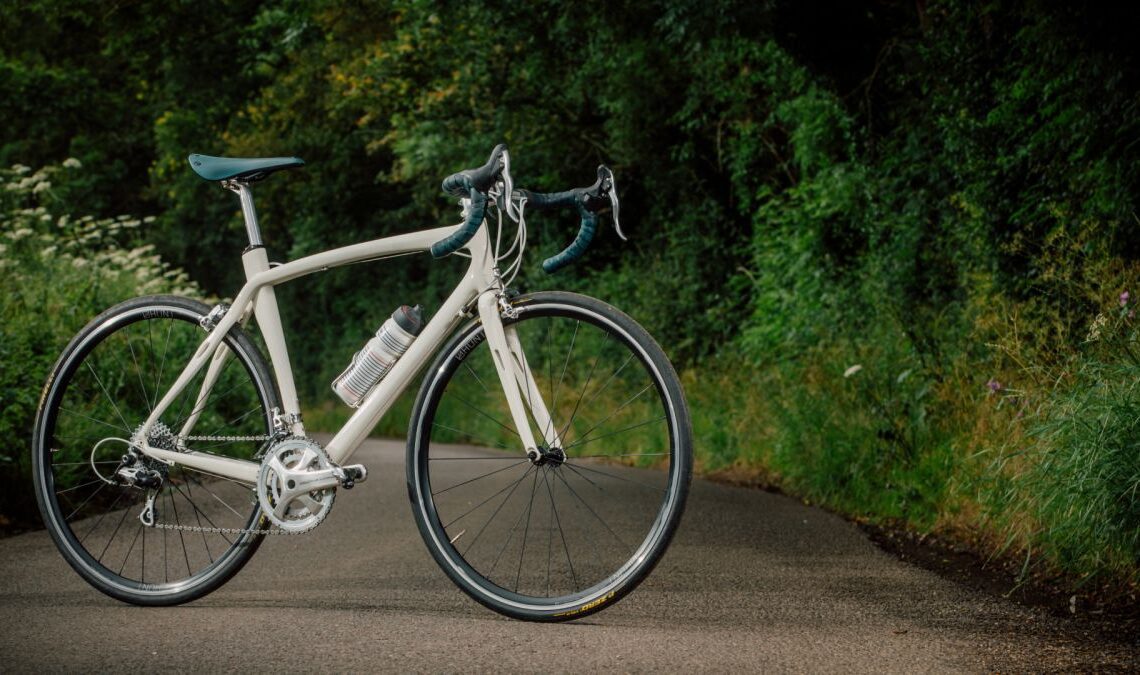There are so many reasons to buy a second-hand bike: the huge amount of money saved is a major one, but also with the continuing constraints on availability, buying second hand can make it easier to come by the model you want. Thirdly, it’s better for the environment to use a bike someone no longer wants, rather than adding in yet more demand.
But whilst a brand-new box-fresh bike needs only a little adjustment to get you rolling, second-hand bikes require that bit more attention and care – and this still applies even if you’ve followed our tips for getting a great deal on a used bike.
We’re going to take you through the five things we’d always check and replace on any second-hand bike – starting with the most important. Let’s get stuck in.
At a quick glance
In descending order of importance:
- Check and replace the parts of your brakes
- Then do the same for your gears
- Get the contact points (saddle, bars and pedals) set up as you prefer
- Check the tyres and bearings for wear- they’ll need replacing immediately if so, or can be a nice upgrade a little later if not.
1. Brakes
(Image credit: Future)
You probably don’t need us to tell you just how important properly functioning brakes are to a bike. The first thing to check is how much life is left in the pads – whether they’re rim brakes or disc brakes. Chances are, even if you don’t need to replace them immediately, you probably will in the near future. Find our guide to the best replacement disc brake pads here.
As a side note – if you’ve got disc brakes that sound noisy and feel underpowered, that’s a sure sign that they’ve been contaminated with oil. You can try sanding the surface lay off, or try to bake the oils out in the oven, but chances are you’ll have to replace the pads. Just make sure to give the rotors a proper clean with specific disc brake cleaner or isopropyl alcohol before you fit the new ones!
It’s worth also checking the braking surfaces for wear, whether those are the rims or the rotors. These have a longer life than the pads, so you likely won’t need to replace them, but it is certainly worth checking.
Finally, if your cable-actuated brakes are feeling spongy or the lever won’t spring back as quickly as it should, that’s a sign the brake cables and outer housing need replacing. It’s very much worth splashing out here – getting some top level housing and cables will transform the braking performance, making them more powerful and easier to control. It might be double…

